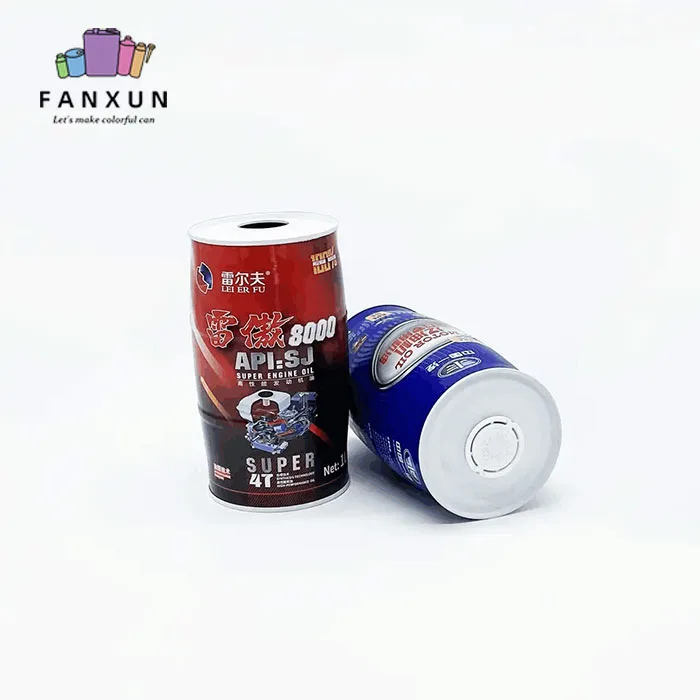Tinplate packaging is a kind of packaging made of thin steel plate coated with a thin layer of tin. Its main purpose is to resist corrosion, rust and moisture. Packaging made from this type of material creates a strong, lightweight product package. Tinplate is commonly used in food cans, tea cans, paint cans, etc., and tinplate is a sustainable packaging option because of its recyclability. In fact, more than half of the products used to make tinplate can be recycled and reused.
What are the advantages and disadvantages of tinplate packaging?
Tinplate packaging is a very common item in our daily life. Its packaging is diverse, but did you know? Tinplate packaging also has a series of advantages and disadvantages
What are the advantages of tin packaging?
- Durability: Tinplate is strong, anti-corrosion, and moisture-proof, which can protect the items inside from impact, extrusion, and external factors, thereby extending the shelf life of the product.
- Versatility: It can be made into various shapes according to the product characteristics of different industries, from food cans to tea cans or chemical cans, etc. It can be expressed on the packaging according to the characteristics of the industry to enhance consumers’ attraction to the product.
- Protection: Tinplate packaging can block light, air and moisture, maintaining the quality and freshness of packaged products.
- Sustainability: Tinplate can be recycled and reused, and more than half of the energy used in production can be recovered through recycling, making a certain contribution to protecting the environment.
- Beautiful: Tinplate packaging can be printed by designers to produce a high-quality appearance that matches the product information, which is often used by people to promote their own products.
What are the disadvantages of tin packaging?
- Cost: Compared with other materials, the cost of tinplate packaging is higher, and the production of tinplate may be more expensive than some alternatives such as plastic. Mainly due to raw materials and production processes.
- Weight: Tinplate adds weight to the packaging compared to lighter options, which may increase shipping costs (especially for products that need to be shipped long distances)
- Acidity limit: Tin can easily react chemically with highly acidic foods, affecting the flavor of highly acidic foods or causing corrosion, leading to product deterioration.
- Restricted shape and size: Compared with plastic or paper packaging materials, the shape and size of tinplate packaging are subject to certain restrictions, which may restrict the design and packaging of certain products.
- Damage susceptibility: Although tinplate is durable, it may develop dents or scratches. Dents can compromise the seal, while scratches can affect the appearance.
- Recycling intensity: Although it is recyclable, compared with some other materials, the production process of tinplate involves tin ore mining and steel processing, which may lead to resource depletion and pollution.
- Susceptible to dents: Although tinplate is durable, it is susceptible to dents during transportation or storage. Dents will damage the sealing, while scratches will affect the appearance and consumer recognition of the product.


Is tinplate packaging safe?
This is an important issue that everyone cares about, because its packaging involves too many fields in our daily lives, such as food, chemicals, pharmaceuticals, etc., but fanxun canning factory can tell you with confidence that tinplate packaging usually Considered a safe choice for food and chemical packaging.
- Material safety: Tinplate packaging is made of a thin layer of steel plate that has been electroplated with tin. It usually does not release any harmful substances into food or beverages. This has led to its widespread adoption in food packaging and is considered safe.
- Anti-corrosion ability: Tinplate provides excellent anti-corrosion protection, which can effectively protect packaged food and beverages from contamination and spoilage by external factors.
- Comply with regulatory standards: Tinplate packaging materials usually comply with strict regulatory standards and food safety regulations, such as those of the U.S. Food and Drug Administration (FDA) and the European Food Safety Authority (EFSA). Manufacturers must ensure that their products comply with these standards to ensure their safety.
Although tin packaging is widely considered safe, Fanxun Can Factory still reminds consumers to pay attention to the following points:
- Check the packaging for any obvious damage or deformation before use.
- Follow the instructions on the packaging.
- Strictly follow hygienic guidelines for storing and handling food.
- Following these guidelines can ensure the safety of food and beverages in tin packaging.
Summarize
In general, tinplate packaging is a widely used packaging material. Whether it is food, industry, or pharmaceutical packaging, it is inseparable. With the advancement of technology, I believe that tin packaging will be more widely used.
